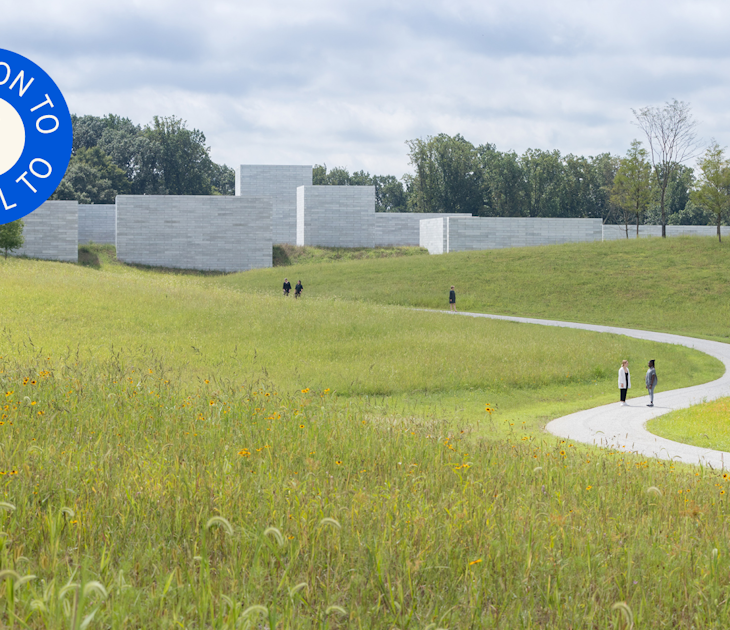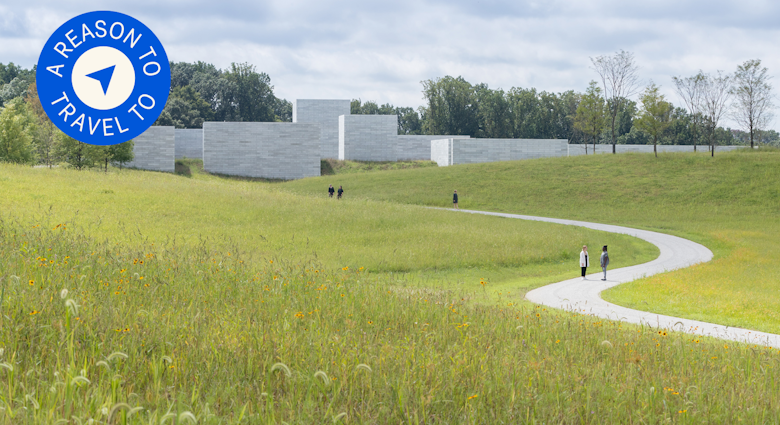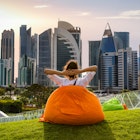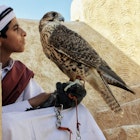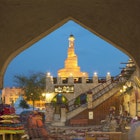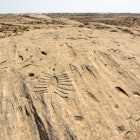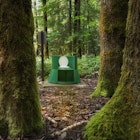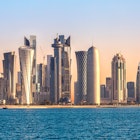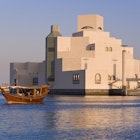With one of the fastest-growing tourism hubs in the Middle East, Qatar has been busy establishing itself on the global visitor map.
A cheap and efficient new metro system opened in 2019 making it now easier than ever to experience the Gulf nation’s ever-expanding array of attractions. With the bulk of things to see and do located in the capital of Doha, you might be surprised by how many must-dos you can squeeze into a short stopover.
Qatar is smaller than the US state of Connecticut, so it doesn’t demand as much time to explore as its larger neighbors. Here are 14 things to do in Qatar that are worth shuffling to the top of your itinerary.
Marvel at Doha’s next-level museums and galleries
Rising up from a purpose-built island off Doha’s Corniche, the postmodern fortress-styled Museum of Islamic Art is Qatar’s showpiece gallery, housing the largest collection of Islamic art on the planet. In 2019, it was joined by another unmissable cultural institution. Rebuilt to resemble a desert rose, the name for the crystal clusters found in the Qatari desert, the National Museum of Qatar charts the nation’s history with the help of 21st-century technology.
But these aren’t Qatar’s only museums and galleries worth seeking out. Mathaf, the Arab Museum of Modern Art, showcases a vast collection of contemporary art with an Arab connection, while the 3-2-1 Qatar Olympic and Sports Museum, which opened in 2022, is a sophisticated ode to sports.

Get lost in Souq Waqif
In the heart of Doha, the sprawling Souq Waqif complex is one of the most atmospheric corners of Qatar, best visited in the evenings when it brims with locals. Built on an ancient market site, Souq Waqif was redeveloped in the noughties to look like a 19th-century souq (market), with mud-rendered shops and exposed timber beams, plus some beautifully restored heritage buildings.
Despite the rise of Qatar’s mega-malls, the Souq Waqif remains at the heart of social and commercial life in Doha, one of the few places where people from all rungs of society come together to feast on regional cuisine, shop for everything from antique daggers to custom thobes (traditional robe commonly worn by men on the Arabian Peninsula) or simply sip karak (cardamom) tea and watch the world go by.
The Falcon Souq offers a fascinating insight into a favorite Qatari pastime, though some visitors may find the leashed falcon displays distressing. Nearby stables house Arabian horses, and just off the Corniche end of Al Jasra Street, a pen is usually filled with camels.
Go off-roading to Qatar’s iconic “inland sea”
Sign up for a thrilling 4WD off-roading adventure to Khor Al Adaid, Qatar’s spectacular “inland sea,” where enormous shifting sand dunes meet the azure waters of a unique tidal embayment system that creates a natural border between Qatar and Saudi Arabia. Organized tours offered by the likes of 365 Adventures typically run for four hours, with the dunes beginning around an hour south of Doha, just beyond Sealine Beach.

Visit Qatar’s only Unesco World Heritage Site
The most prominent feature of Qatar’s Unesco-listed Al Zubarah Archaeological Site, Al Zubarah Fort was built in 1938 to guard the nation’s northwest coast. Used by the military until the 1980s, the fortress has since been restored and turned into a museum. Inside there are displays showcasing the history and pearling heritage of Al Zubarah, a once thriving pearling port abandoned in the early 20th century. A 1.5-hour drive from Doha, the fort is the only part of the site currently open to the public, but if you stand outside and look toward the sea, you can just make out the sprawling ruins of the long-abandoned town.
Seek out the mysterious Al Jassasiya Rock Carvings
This profusion of petroglyphs – nearly 900 rock carvings depicting rosettes, fish, dhow boats, and more – on a rocky outcrop in northeastern Qatar is one of the nation’s biggest mysteries. Up close you may feel underwhelmed by the poorly preserved shapes, but imagining communities here hundreds (perhaps thousands) of years ago is still an evocative experience.
Some archaeologists have suggested the petroglyphs, located 90km (56 miles) north of Doha, could date back to the 3rd century BC, while other experts believe they were created between the 10th and 18th centuries AD. Signboards offer some background information and maps of the site, but that’s currently the extent of its tourist facilities.
Explore the ultra-modern Msheireb Downtown district
In the heart of Doha, the Msheireb Downtown district bills itself as the world’s first sustainable Downtown regeneration project. While the marketing should perhaps be taken with a grain of salt, there’s no denying that this compact precinct – blending Islamic and contemporary design elements – is architecturally stunning. While most of the buildings are brand new, four heritage houses have been beautifully restored and opened to the public as the Msheireb Museums.
Msheireb is also home to the M7 design and innovation hub, which has hosted fashion exhibitions by the likes of Christian Dior and Hermès since opening in late 2021. A free tram runs through the district, which is dotted with restaurants and luxury hotels.
Eat your way around the world without leaving Doha
Qatar’s melting pot of cultures – less than 12% of the population is ethnic Qatari – has birthed an incredibly diverse food scene that makes dining out in Doha a joy. While hotel restaurants tend to focus on European, Latin, and East Asian cuisines, Doha’s proliferation of migrant-run restaurants serve up a huge range of authentic, affordable eats from the Middle East, the Subcontinent, and beyond, with some top wallet-friendly eats including Turkey Central for excellent mezze and grilled meats and Bandar Aden for hearty Yemeni dishes. You don’t have to go far in Doha to find a terrific Indian meal.
Seek out Qatar’s excellent public art
Not all of Qatar’s art acquisitions are hidden away in museums. With a reported arts spending budget of around US$1 billion, the nation is constantly adding to its public art collection. In Souq Waqif, you can’t miss Pouce, a giant golden digit modeled on the late French sculptor César Baldaccini’s own thumb, while multiple works can be found in MIA Park and Katara Cultural Village.
Farther afield in the Education City precinct, look out for The Miraculous Journey, a series of 14 bronze sculptures by Damien Hirst, and US artist Richard Serra’s huge East–West/West–East installation rising out of the western desert. Even Hamad International Airport has a dozen-odd pieces of art, including a huge golden falcon by Dutch sculptor Tom Claassen that’s perched on a railing outside the departures hall.
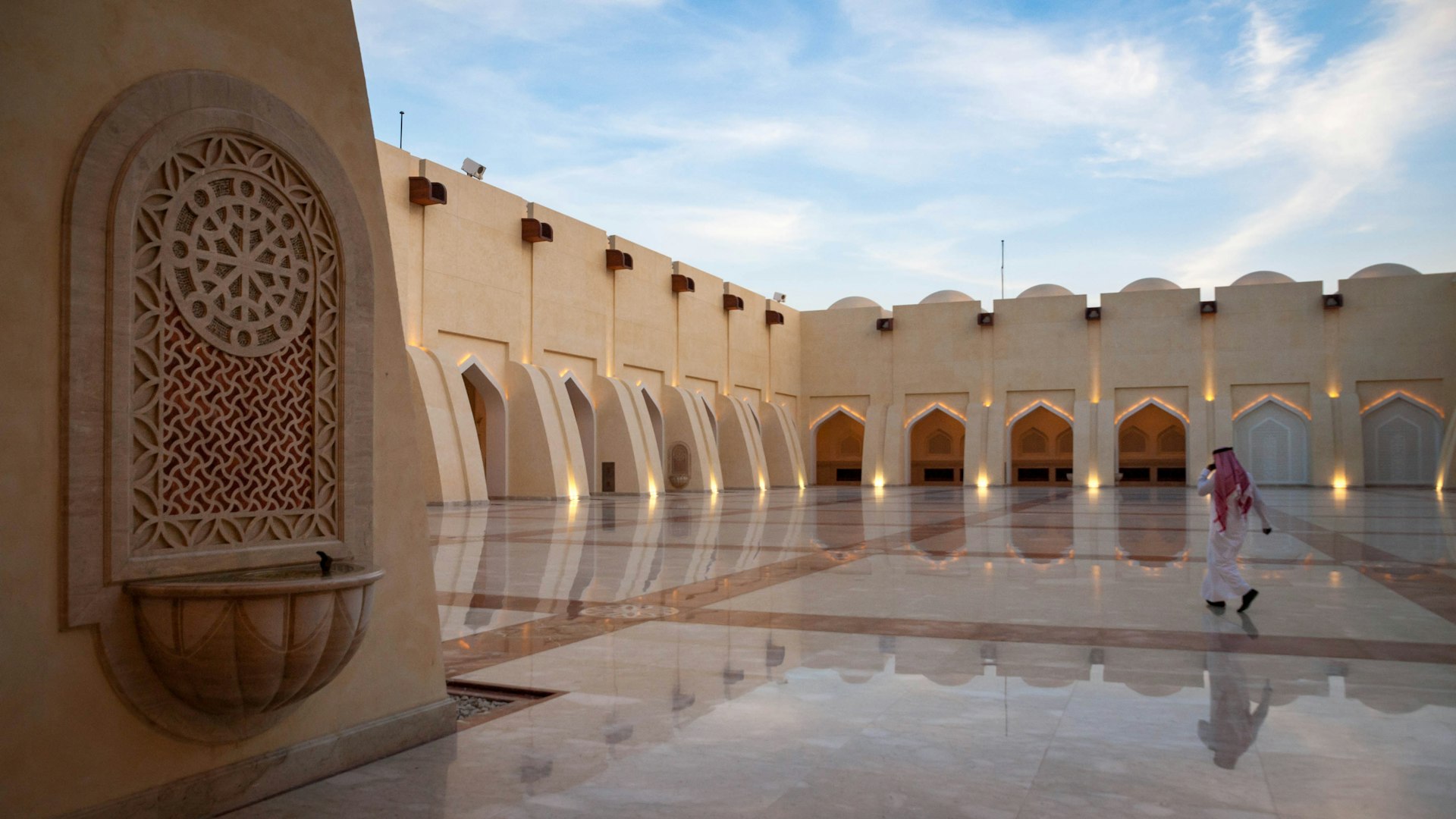
Admire the national mosque
Doha’s impressive modern Imam Muhammad Ibn Abd Al Wahhab Mosque, the largest mosque in the country, has a fort-like appearance, with more than two dozen domes on its roof. It’s perhaps more striking from the outside, particularly at dusk when the mosque's arches and domes are attractively illuminated.
Taking a peek inside its cavernous, largely unadorned prayer hall is allowed outside of prayer times and should be arranged in advance with a local tour agency or through the Sheikh Abdulla Bin Zaid Al Mahmoud Islamic Cultural Center in Souq Waqif.
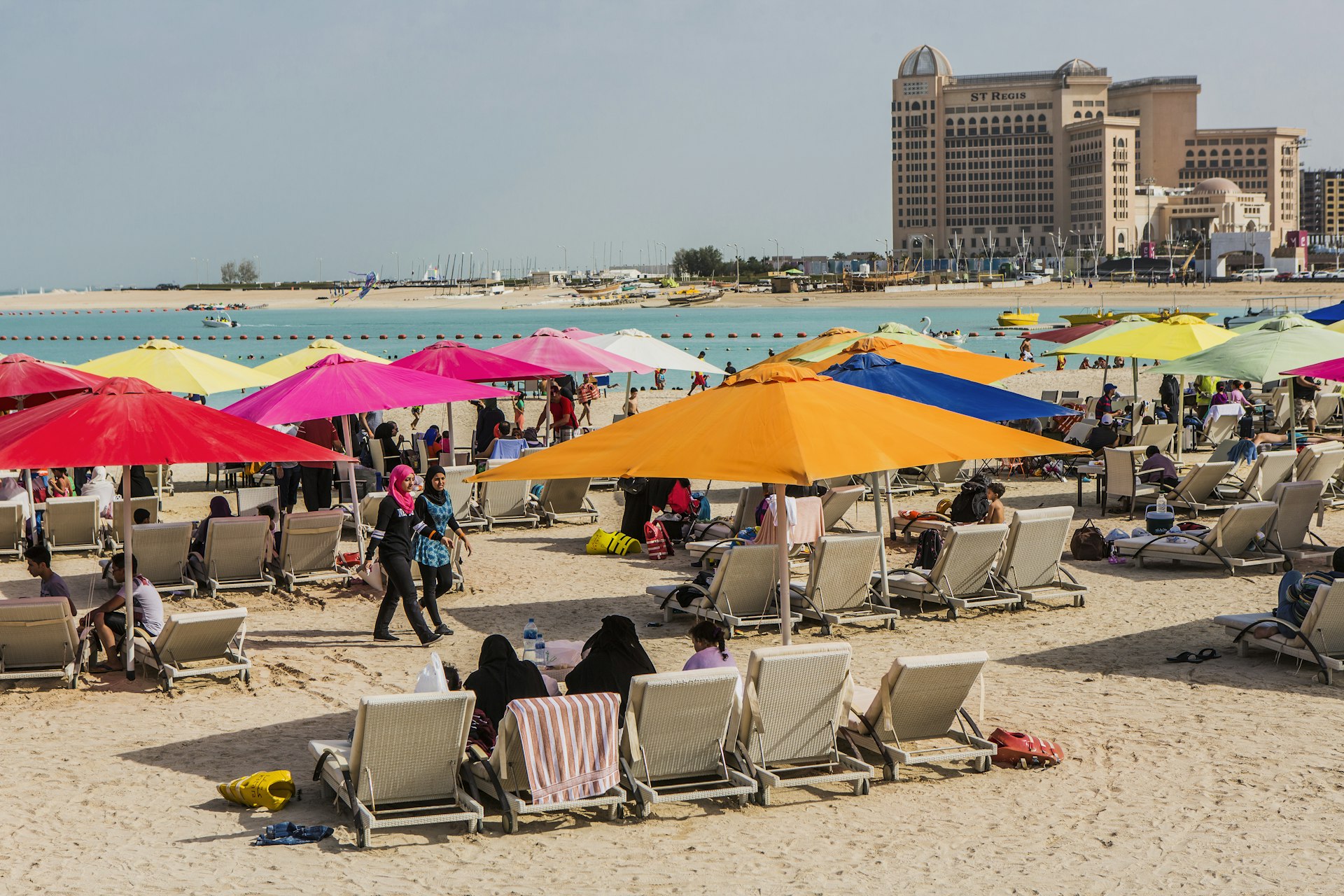
Spend a morning wandering Katara
This purpose-built cultural precinct can feel a bit Disneyland-ish, but Katara is still worth a visit, even just to see its two splendid mosques: the glittering, gold-tiled Golden Mosque and Katara Mosque with its beautifully ornate ceramic tiling. Katara’s numerous performance and gallery spaces include the classical Greek-style Katara Amphitheater, while the Al Thuraya Planetarium offers a crash course in Arabic astronomy.
Katara has a good selection of restaurants and food stalls, and it’s also home to Doha’s main public beach.
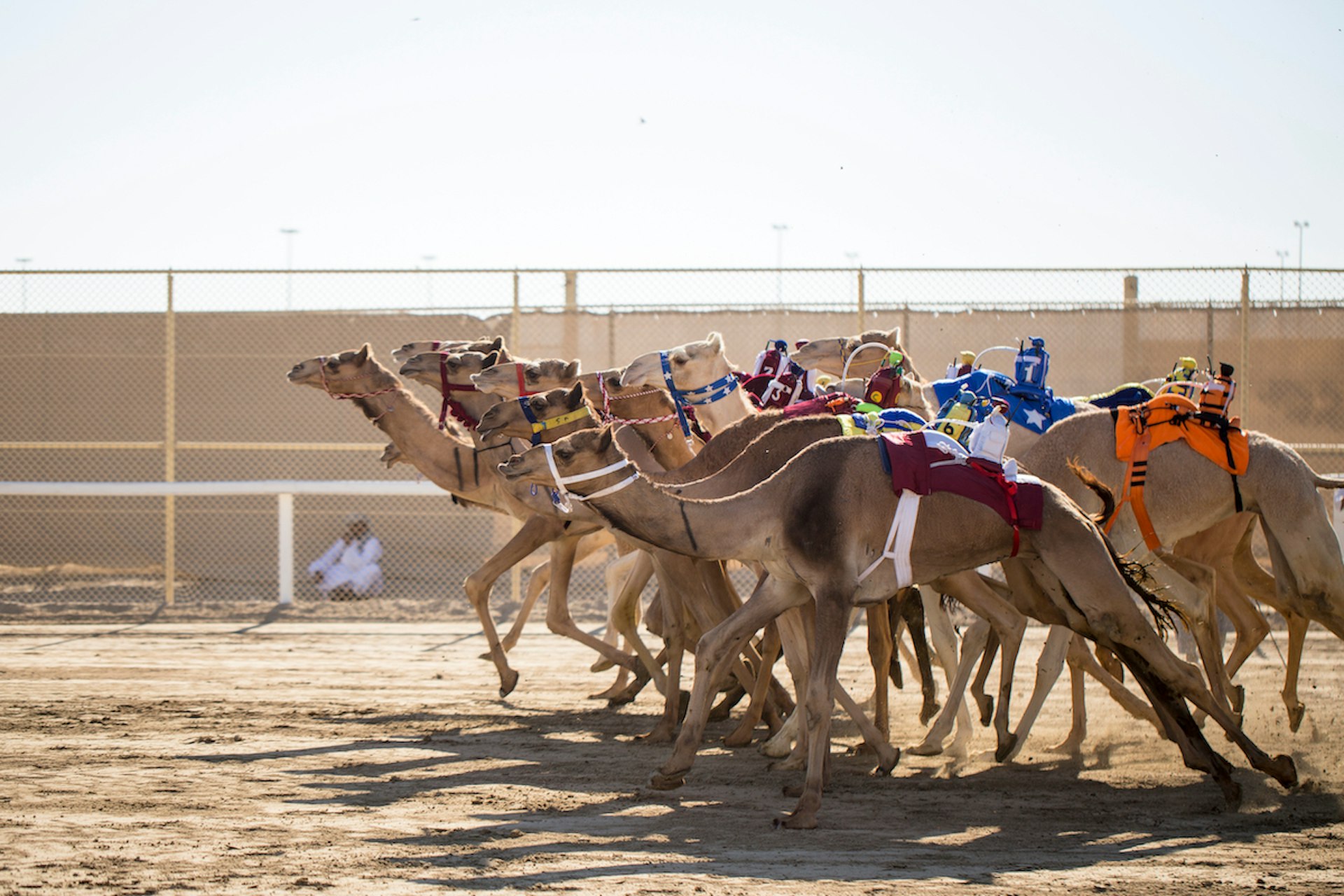
Catch a camel race
Camel racing took off in Qatar in the 1970s and remains a popular wintertime spectator sport, with races held at the Al Shahaniya camel racetrack west of Doha on Fridays from October to February. Major events – such as HH, the Emir’s Main Race – are also held in March and April. Pioneered in the 2000s, robot jockeys are now used in Qatari camel races. This shift effectively ended a cruel child labor industry once common in the Gulf, but visitors with animal welfare concerns should know that the robot jockeys are fitted with remote-controlled whips. While there’s no betting allowed, sponsors provide lucrative purses for race winners.
Wander the “Arabian Riviera” at The Pearl
Qatar’s answer to Dubai’s The Palm Jumeirah, The Pearl is a luxurious artificial island development on Doha’s northern fringe that, well, shows you how oil and gas riches can be spent. The Pearl’s Porto Arabia precinct, encircling a yacht-studded marina, has a pleasant waterfront promenade lined with cafes and restaurants. But most visitors get a bigger kick out of visiting the Venetian-inspired Qanat Quartier, complete with canals, brightly colored apartment blocks, and even a replica Rialto Bridge. It’s a far cry from the real deal, but you’ll feel a world away from Qatar.
Get an unexpected culture hit at a new kind of wellness resort
Perched on Qatar’s northeastern tip, Zulal Wellness Resort offers an opportunity to experience Qatari culture in a whole new way. The first international outpost from iconic Thai wellness retreat Chiva-Som, the sprawling complex, officially opened in 2022, offers immersive stays guided by traditional Arabic and Islamic medicine. With everything from meals to wellness therapies (including children’s treatments) led by this ancient philosophy, stays offer a unique insight into lesser-known Qatari traditions, along with a luxe opportunity to decompress in a serene coastal setting.


